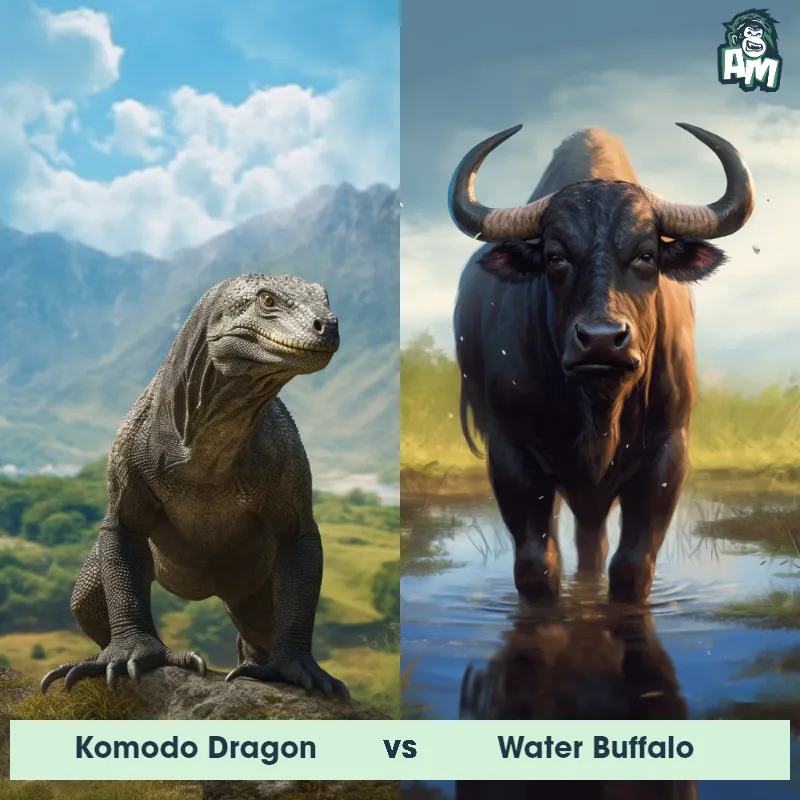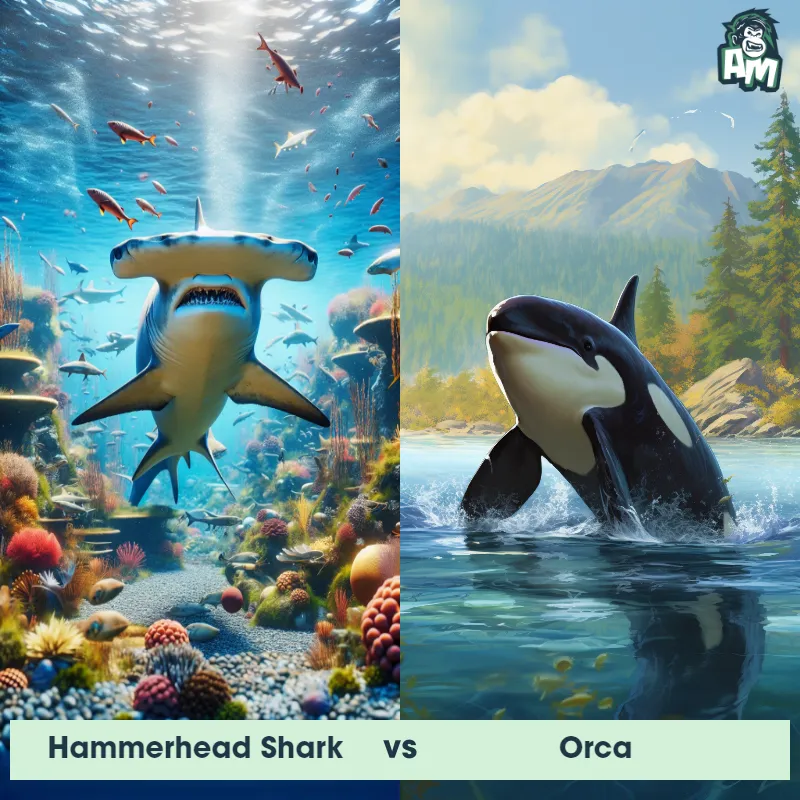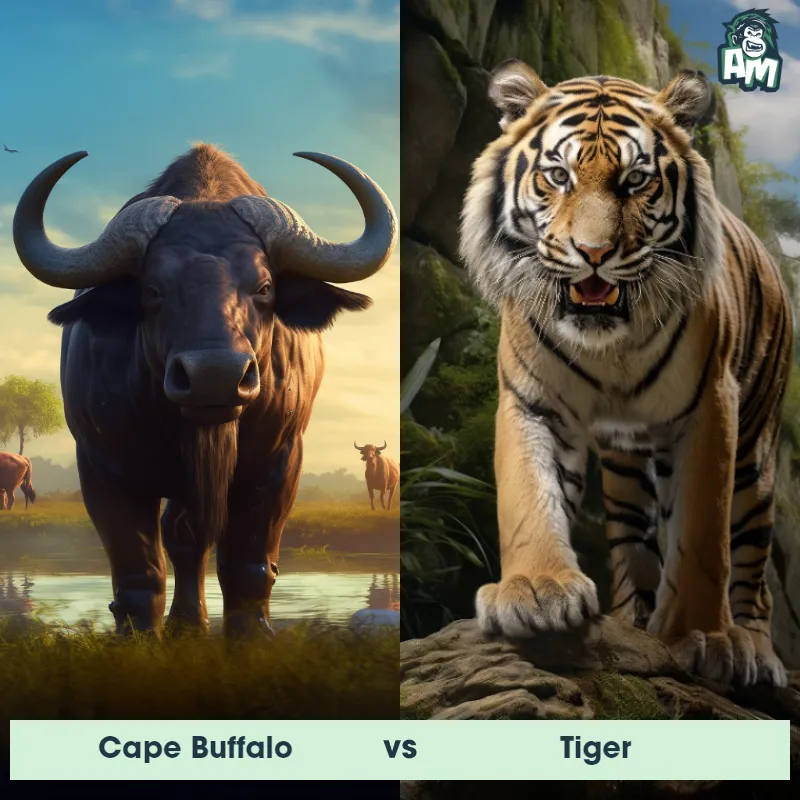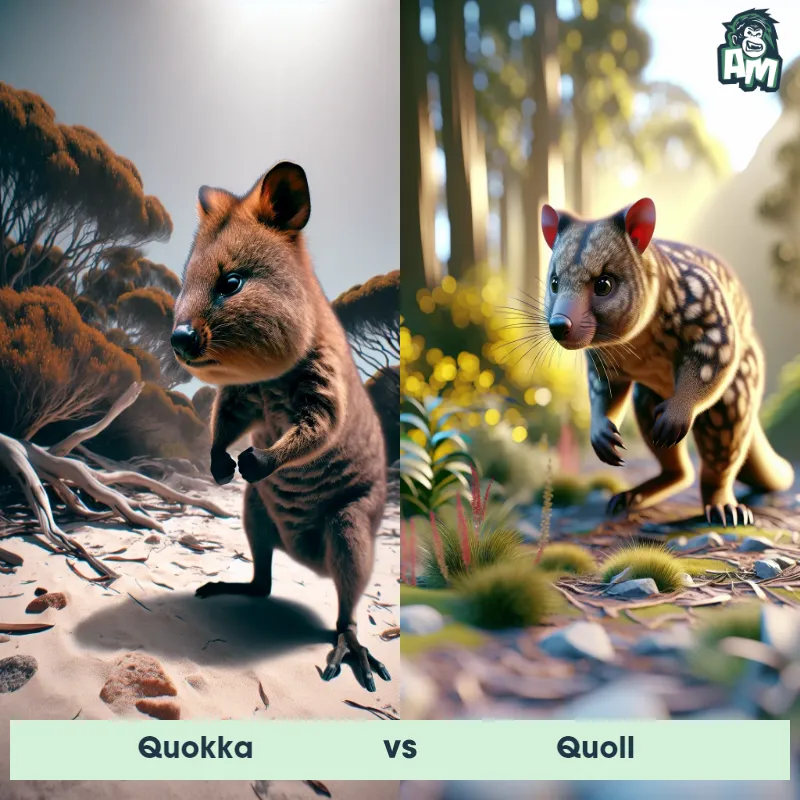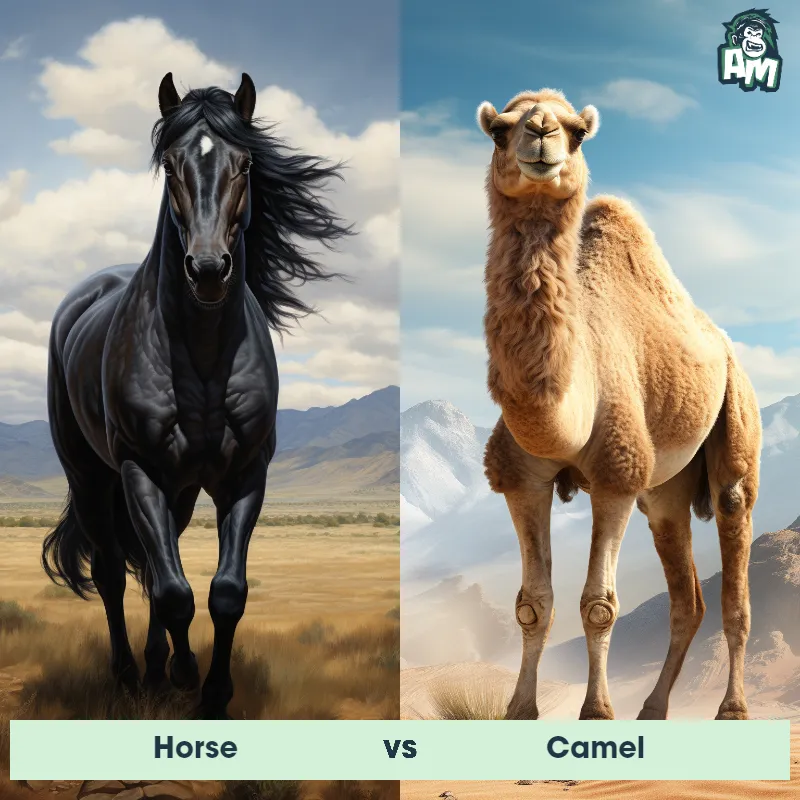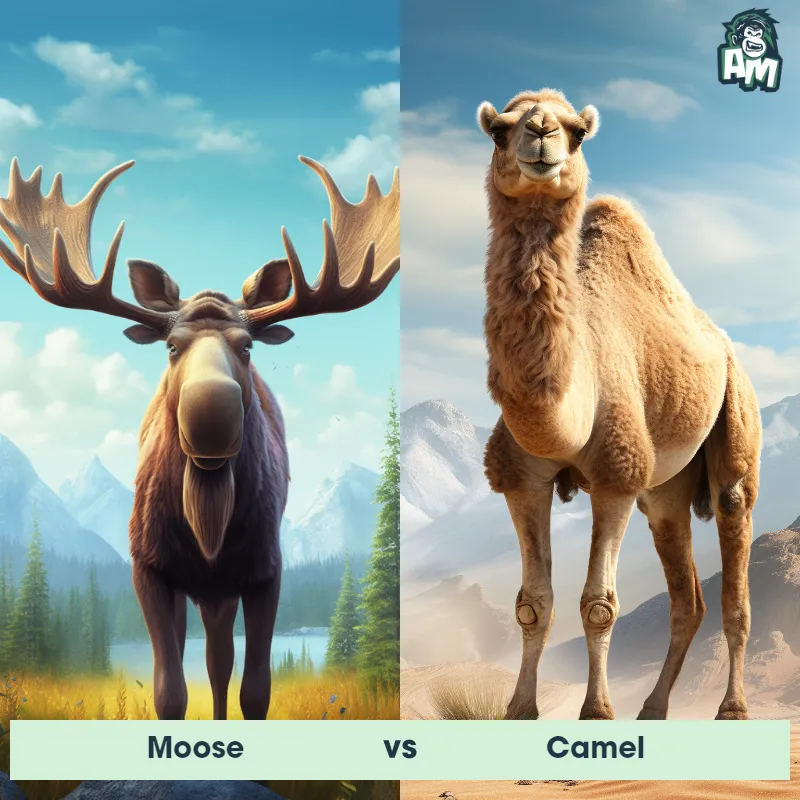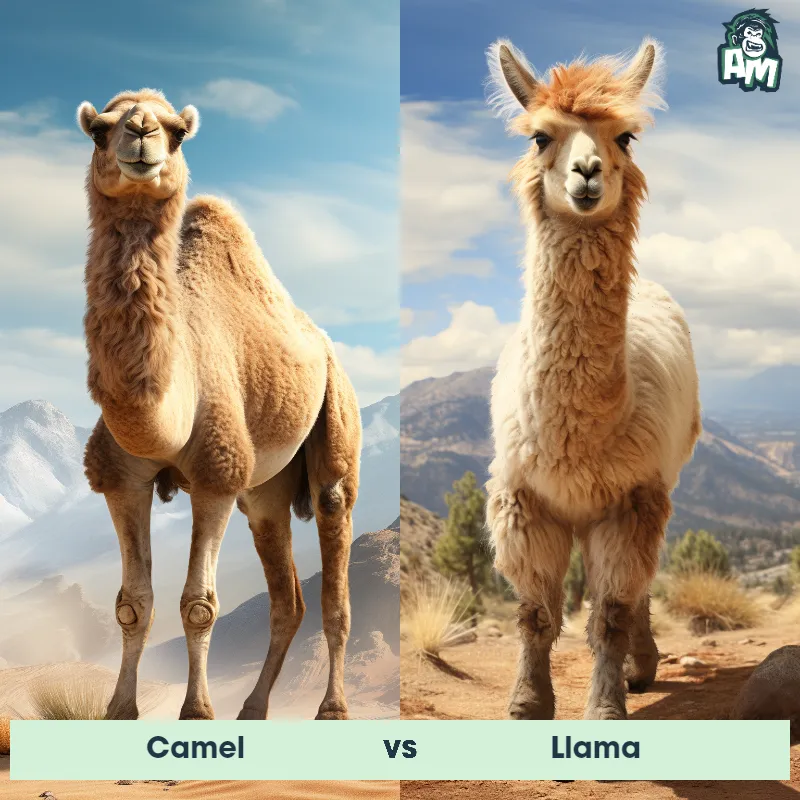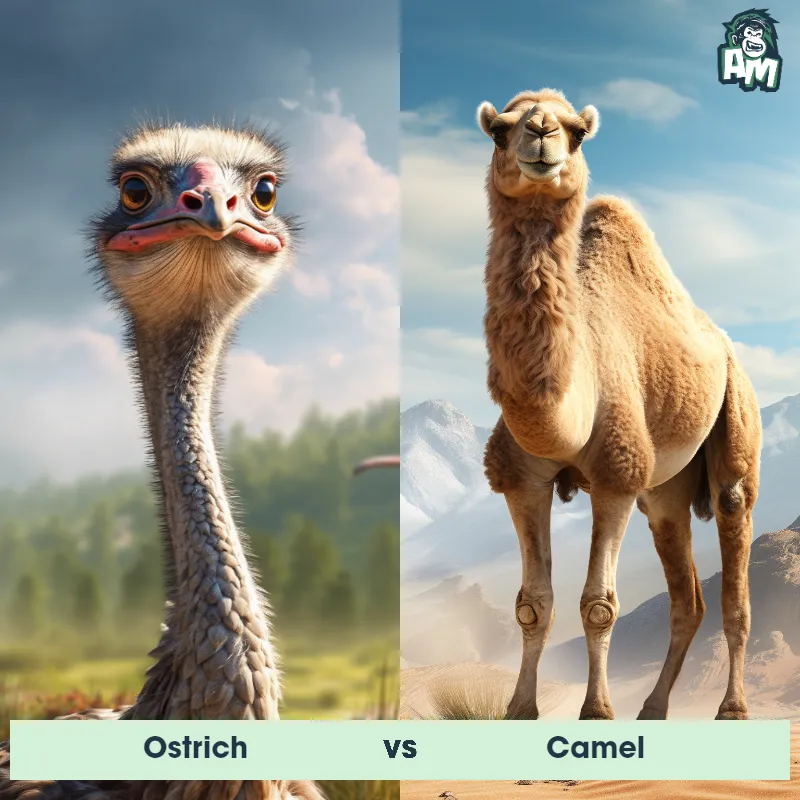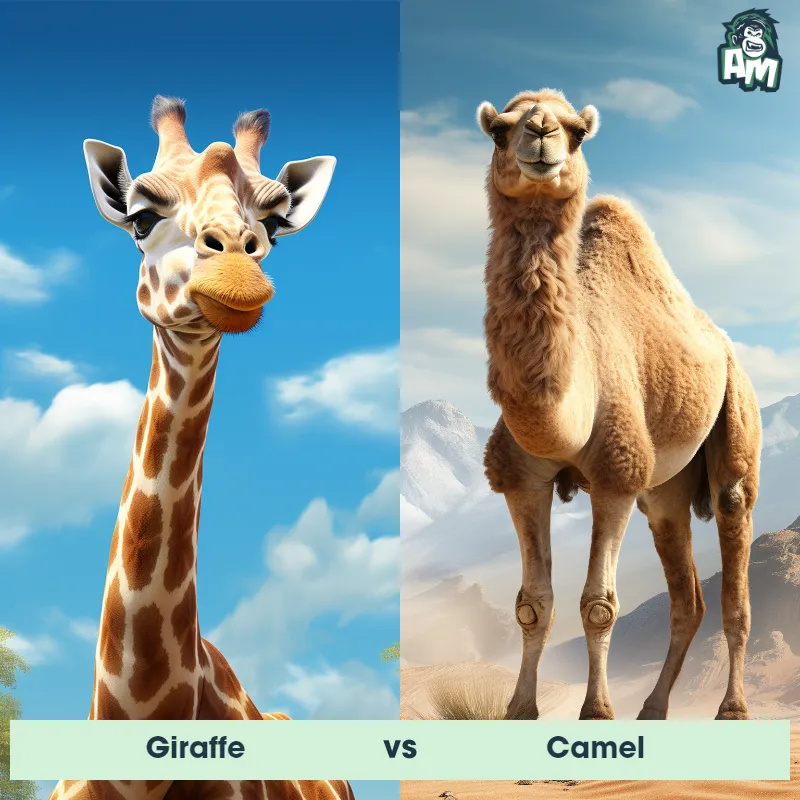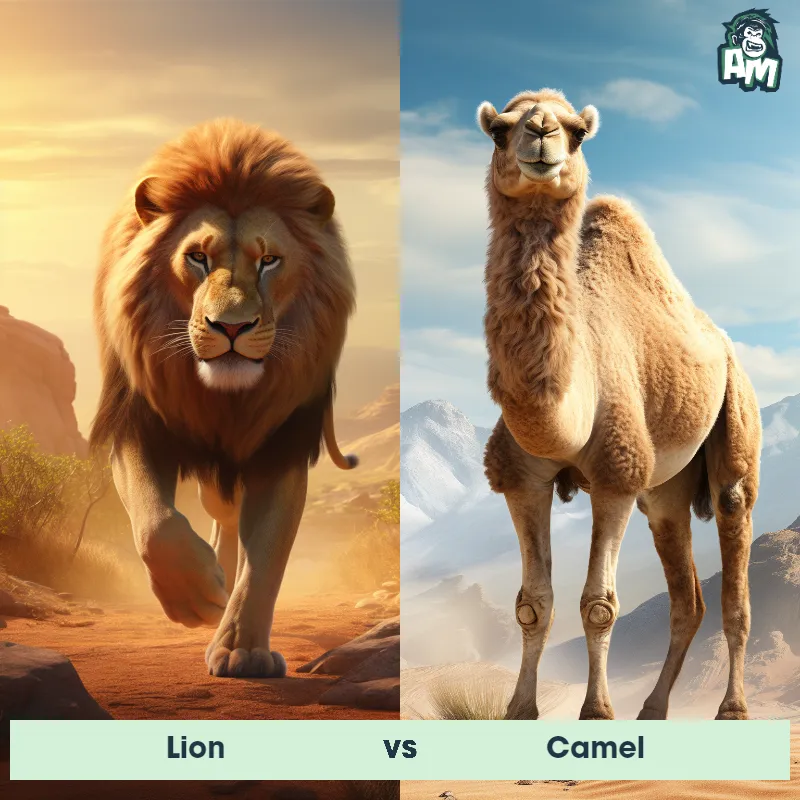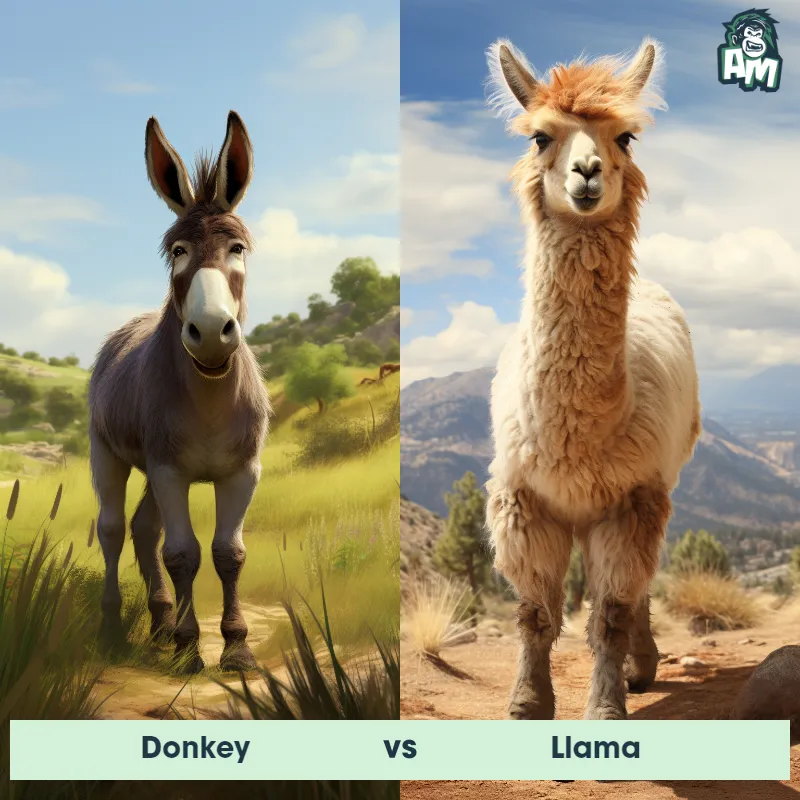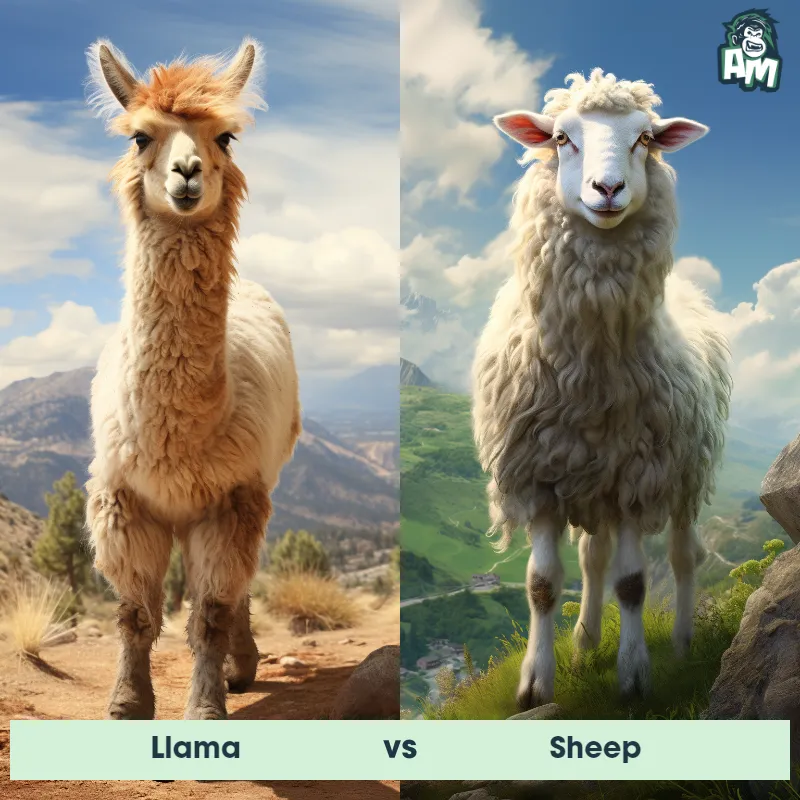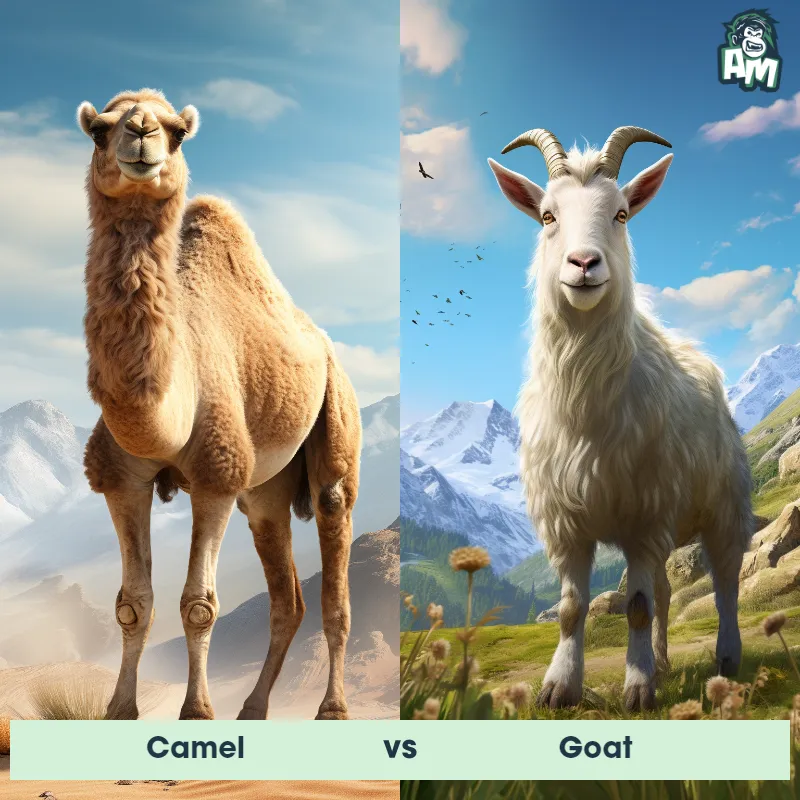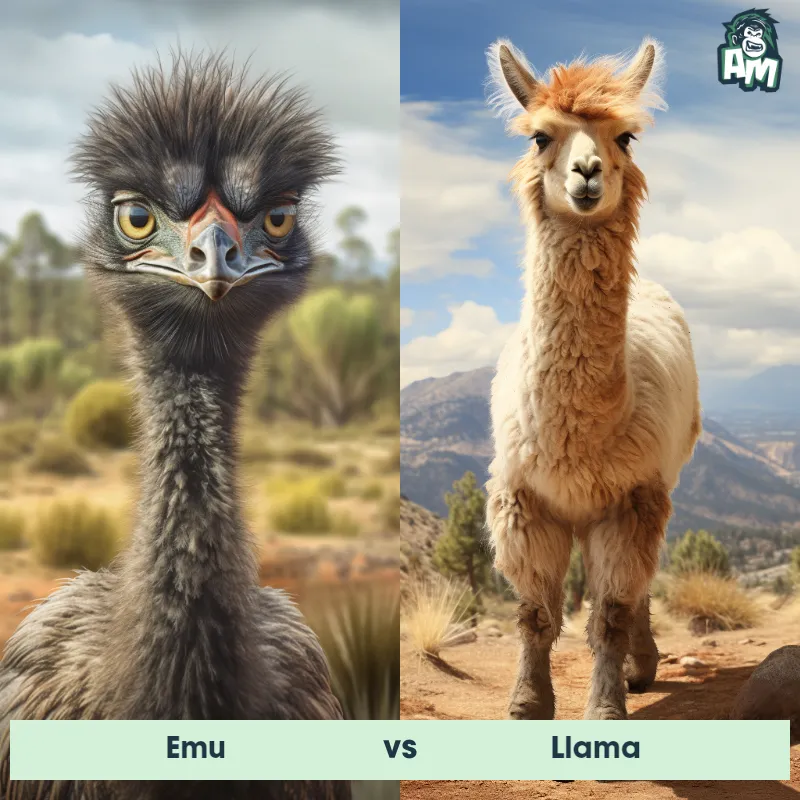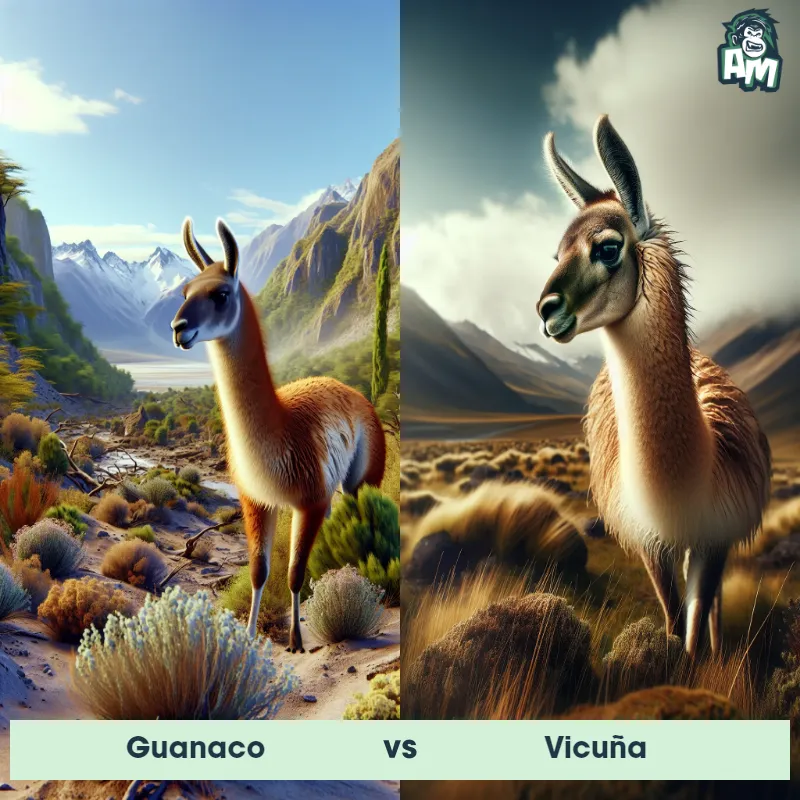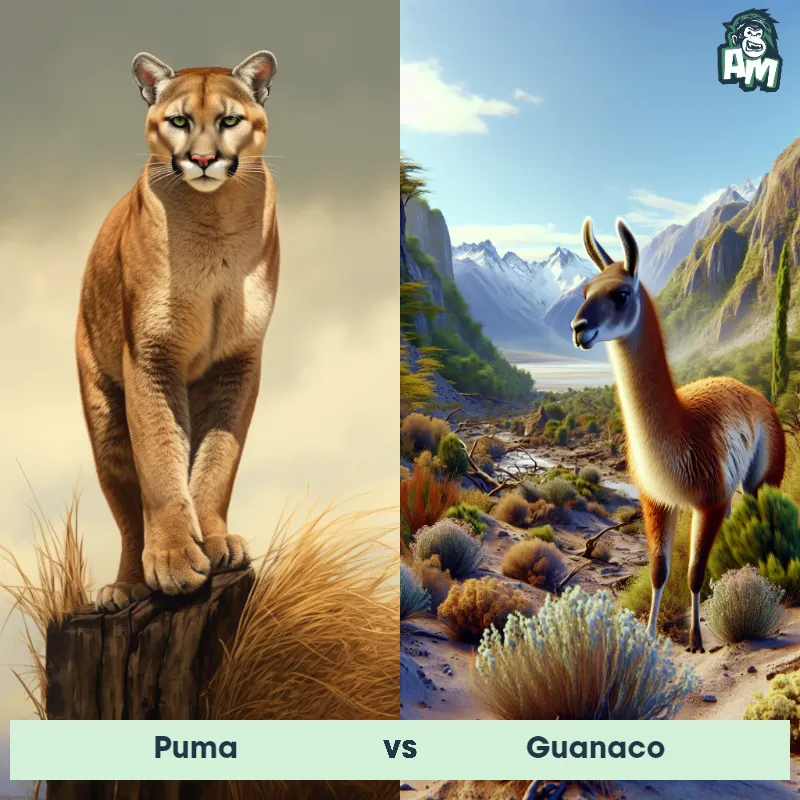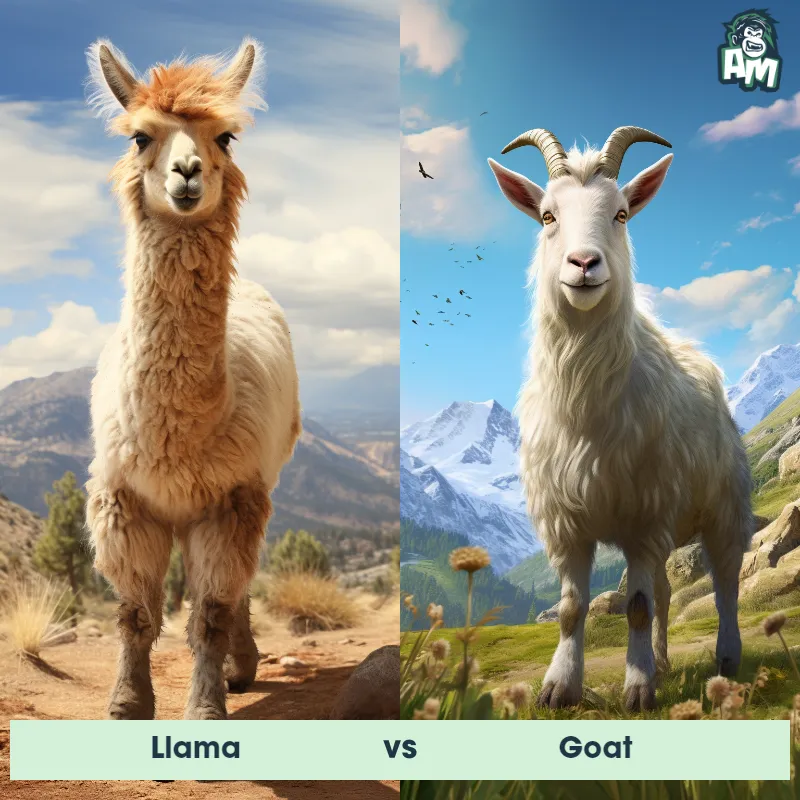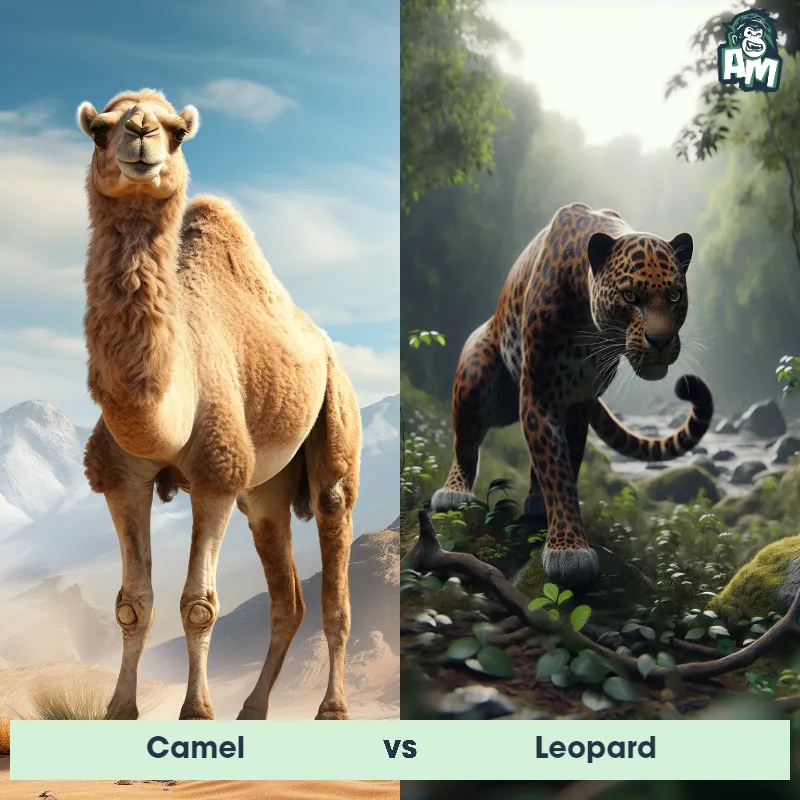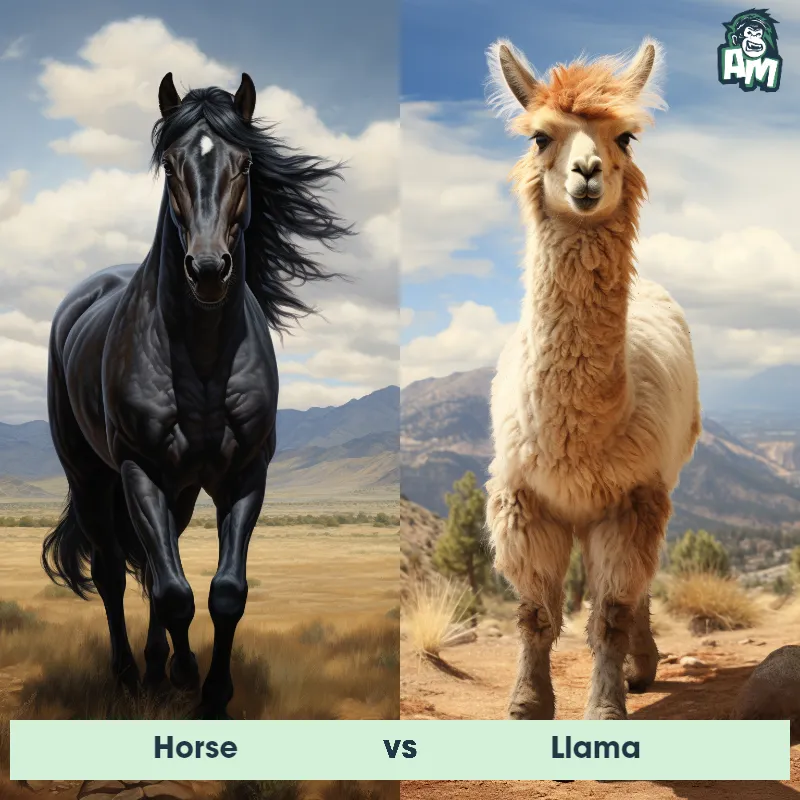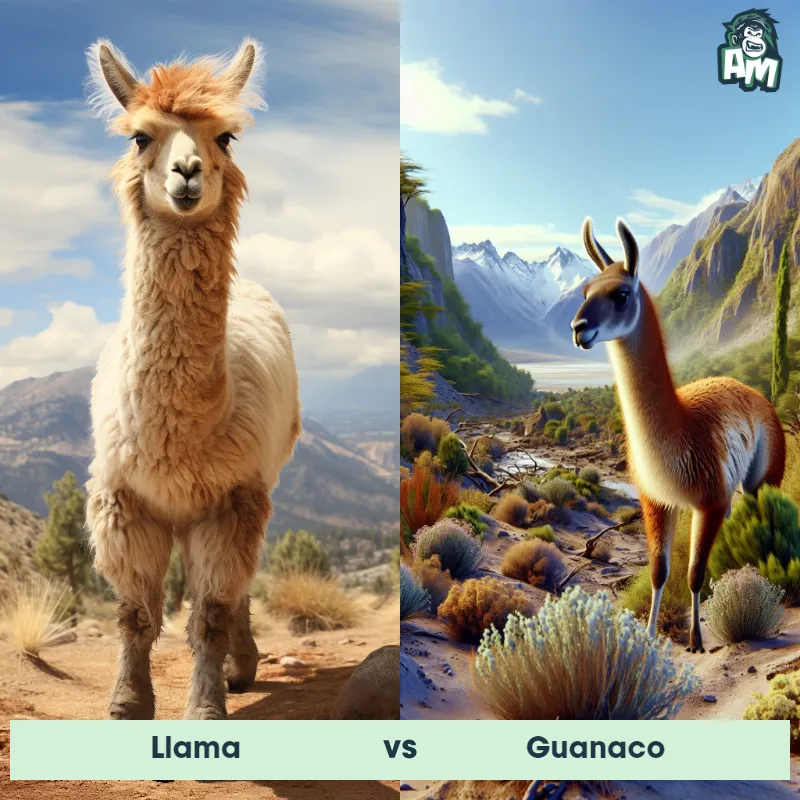llama vs VicuñaSee Who Wins

Ladies and gentlemen, welcome to this thrilling showdown between two South American titans! In this corner, we have the relentless llama, known for its strong kicks and feisty temperament. And in the opposite corner, we have the agile Vicuña, famous for its lightning-fast speed and clever maneuvers. Get ready for an unforgettable face-off between these magnificent creatures, as they go head-to-head in the animal matchup of a lifetime!
Contender 1: llama
The Llama is a domesticated South American camelid, widely known for its use as a pack and meat animal by Andean cultures since the Pre-Columbian era. They have a large, elongated body standing on four legs, with a long neck and a small head. Covered in thick wool, llamas can come in a variety of colors, including white, black, brown, and gray. They are social animals, often living in herds, and are uniquely adapted to harsh environments, particularly high altitude regions.
Fun Fact: Llamas have an interesting way of communicating: they express themselves through a series of ear movements, body language, and humming sounds.
Contender 2: Vicuña
The Vicuña, scientifically known as Vicugna vicugna, is a small camelid native to the high alpine regions of the Andes Mountains in South America. They are the smallest member of the camelid family and possess a slender and agile body with long legs. With their fine and woolly coat, they are well-adapted to the harsh mountain climate, providing them insulation against extreme temperatures. Their fur is usually light golden-brown in color and they have a distinctive white or cream-colored patch on their chest. Vicuñas are herbivores, feeding primarily on grasses, shrubs, and other plant matter found in their high-altitude habitat.
Fun Fact: Vicuñas are incredibly agile and have excellent eyesight, allowing them to navigate the treacherous mountainous terrain with ease and detect potential predators from afar.
Matchup Stats
| llama | Vicuña | |
|---|---|---|
| Size | 5.6 to 5.9 feet tall at the shoulder (1.7 to 1.8 meters) | 36 to 52 inches (91 to 132 cm) at the shoulder |
| Weight | 290 to 440 pounds (130 to 200 kilograms) | 88 to 143 pounds (40 to 65 kg) |
| Speed | 35mph (56km/h) | 35mph (56km/h) |
| Key Strength | Ability to spit, kick, and charge at opponents | Agility and speed |
| Biggest Weakness | Lack of sharp teeth or claws for defense | Lack of physical aggression |
Current Votes
llama vs Vicuña
See Who Wins
View More Matches
Looking For More?
Similar Matches
Scientific Stats
| llama | Vicuña | |
|---|---|---|
| Scientific Name | Lama glama | Vicugna vicugna |
| Family | Camelidae | Camelidae |
| Habitat | Mountainous, high altitude regions | High alpine regions |
| Geography | Native to South America, specifically the Andean region | Andes Mountains in South America |
| Diet | Herbivore, primarily grazing on grasses and other vegetation | Grasses, shrubs, and other plant matter |
| Lifespan | 15 years - 25 years | 10 years - 15 years |
Key Differences between llama and Vicuña
- Facial features: Llamas have a more squared-off face with a longer, straighter nose, while Vicuñas display a delicately pointed face with a shorter, refined nose.
- Ears: One key distinguishing feature is the shape of their ears. Llamas have long, banana-shaped ears that often curl slightly at the tips, while Vicuñas exhibit shorter, pointed ears that stand upright.
- Coat: Llamas possess a thick, coarse double coat, with a coarser outer layer and a softer inner layer, whereas Vicuñas have a fine, dense coat composed of extremely soft and valuable fiber.
- Color: Llamas come in a wide range of colors such as white, black, brown, and even spotted, while Vicuñas have a more uniform fur color, typically a golden or reddish-brown hue.
- Overall appearance: Llamas have a moderate and solid build, heavier stature, and a sturdy look with a somewhat bulky appearance, while Vicuñas possess a slender, graceful physique, giving them a more elegant and refined appearance.
- Size: Llamas are significantly larger than Vicuñas, with adult llamas reaching heights of around 3.5-4 feet at the shoulder, while Vicuñas are smaller, measuring around 2.5-3 feet.




